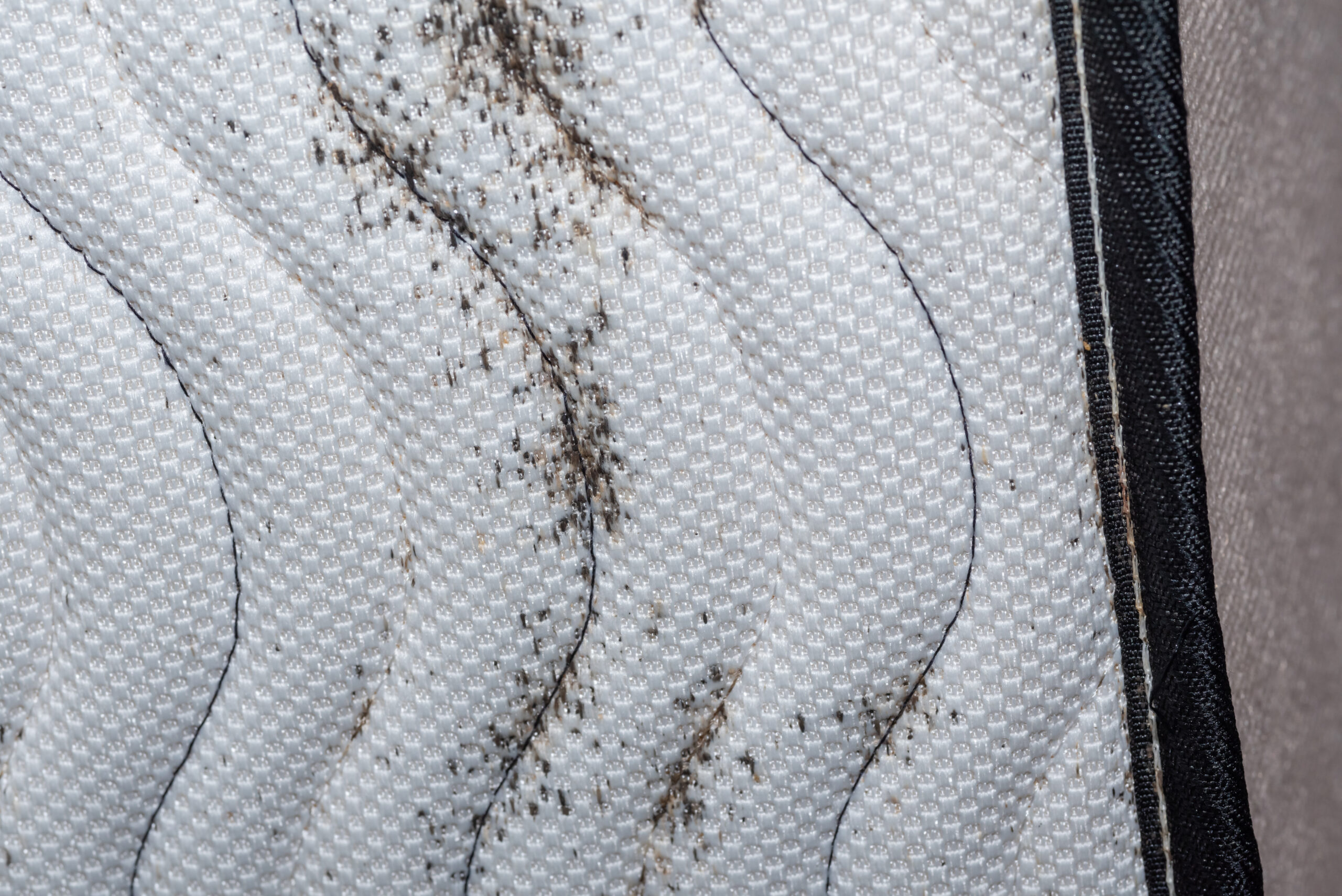“What Bit Me?”
How to Recognize and Treat Bites Caused by Bed Bugs, Scabies, Body Lice and Other Pests
Aileen Chang, MD, UCSF Assistant Professor of Dermatology and Director of Global Health Dermatology, highlighted ectoparasitosis in one of the “deeper dialogue” sessions held during the SDPA 19th Annual Fall Dermatology Conference in Los Angeles. Dr. Chang reviewed her three-step approach to the patient with arthropod bites which includes focusing on the distribution of lesions, obtaining a relevant history and recommending professional pest control input. She began her lecture with a case presentation to review bed bug bite presentations. Bed bug bites often result in a central papule-vesicle within an urticarial plaque or papule. It is important to note that not everyone reacts to bed bug bites. Bed bug bites tend to be widespread but also can be clustered and result in post-inflammatory hyperpigmentation. The approach to the bed bug patient includes supportive care with topical steroids, antihistamines and gabapentin. Recommendation of professional pest control services to identify and eradicate the source is an important step in the treatment of these patients. Dr. Chang emphasized the significance of expressing empathy as these patients are under a lot of distress.
Coverage: SDPA 19th Annual Fall Dermatology Conference in Los Angeles Nov. 4-7, 2021
Next, Dr. Chang discussed scabies presentations. Scabies infestations most commonly occur in the webspaces, wrists, ankles, umbilicus, male genitalia and female areola. Transmission occurs with prolonged direct skin to skin contact, which is estimated to be at least 20 minutes. Of note, scabies infestations can be endemic in low-middle income populations with a 20-30% all age prevalence. Scabies mites do not penetrate deeper than the stratum corneum and can be identified using dermoscopy, but require a microscope to fully appreciate. Staph and strep superinfection is a common occurrence with scabies. Sequelae of scabies can include post-streptococcal glomerulonephritis, rheumatic fever and even sepsis. Additionally, the differential diagnosis list for scabies is long and “even for seasoned dermatologists can be a diagnosis that is missed”.
Furthermore, the presentation of body lice was reviewed. Body lice are found along clothing seams, therefore the bites are found where the clothing seams come in contact with the patient’s skin. Body lice is found most commonly in patients who experience homelessness due to lack of access to hygiene and/or inability to care for self. As patients who experience homelessness are also disproportionately afflicted with mental illness and substance abuse, it can make it difficult to differentiate the cause of itching in these patients. Opioid abuse and methamphetamine abuse can lead to a similar presentation of severe itching, therefore symptoms may overlap in these patients. An interesting take away from Dr. Chang is the finding of multiple reports of severe iron deficiency anemia in patients requiring hospitalization or transfusion due to heavy chronic infestation with body lice. Treatment of body lice requires bathing, decontaminating their clothing and linens and may require topical permethrin or (off-label use) of ivermectin.
Finally, Dr. Chang also highlighted avian, rat and mouse mite infections, flea bites, swimmer’s itch and seabather’s eruptions. Of note, Dr. Chang reports avian, rat and mouse mites are a severely underappreciated cause of infestation.
Sarah B.W. Patton, PA-C
